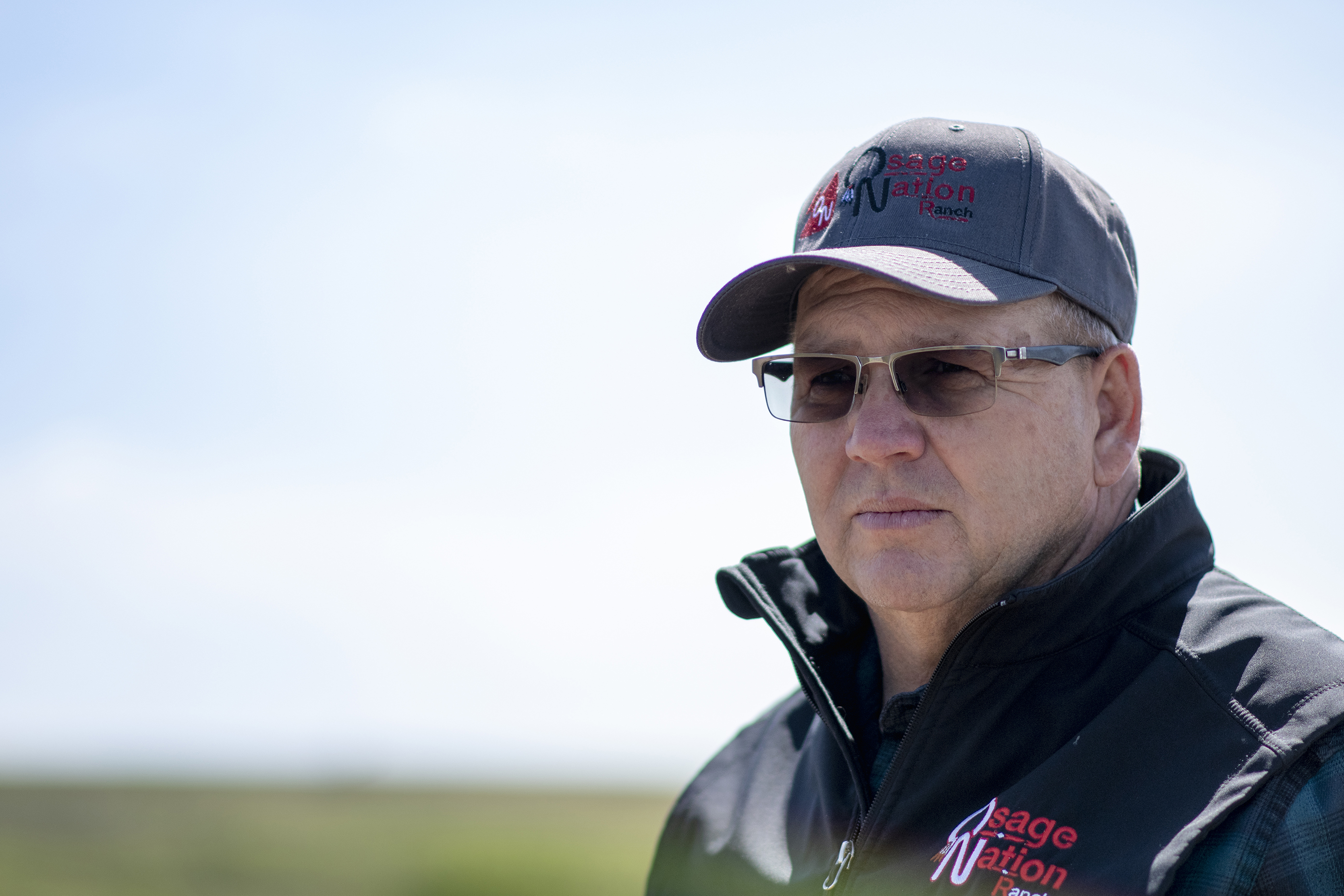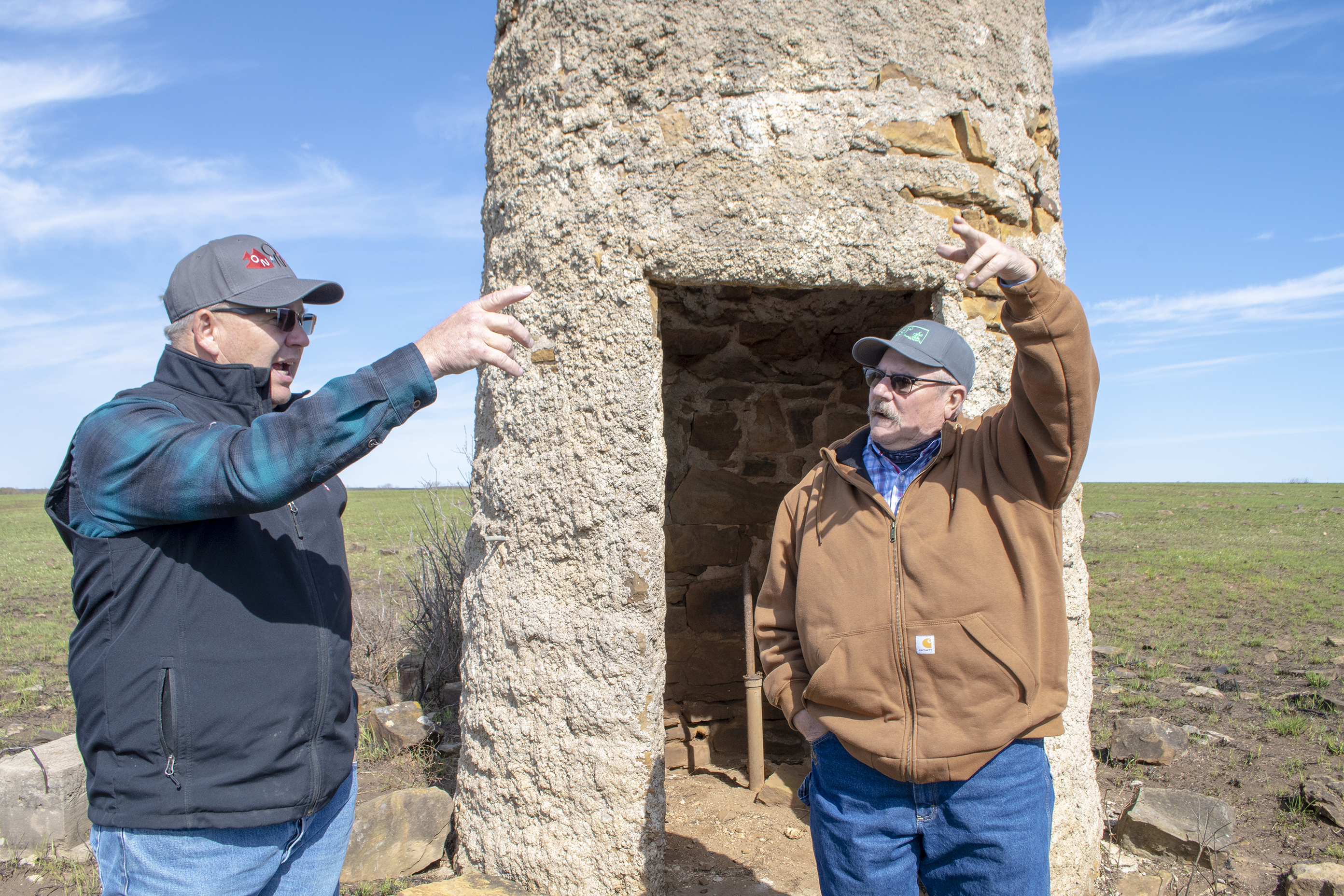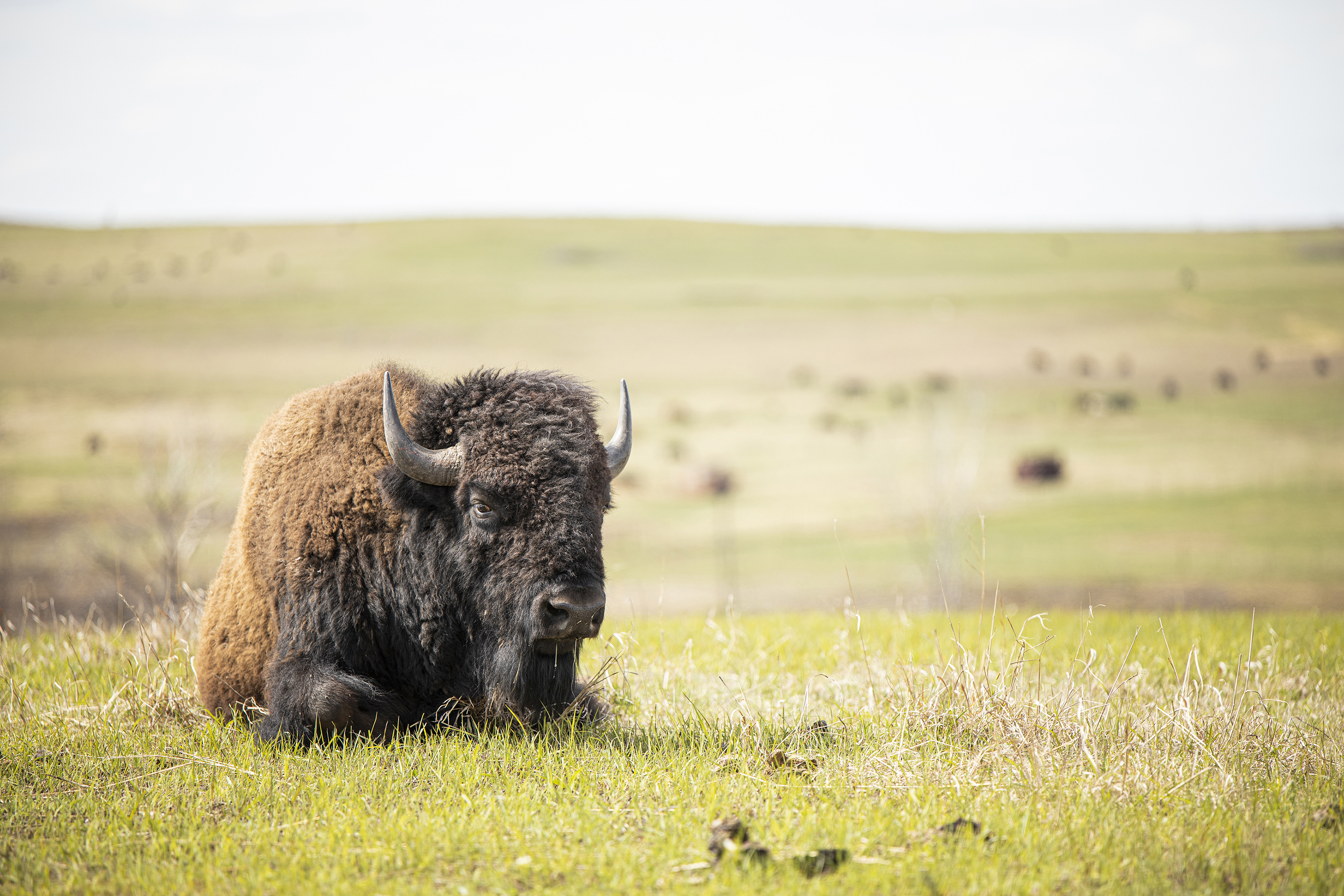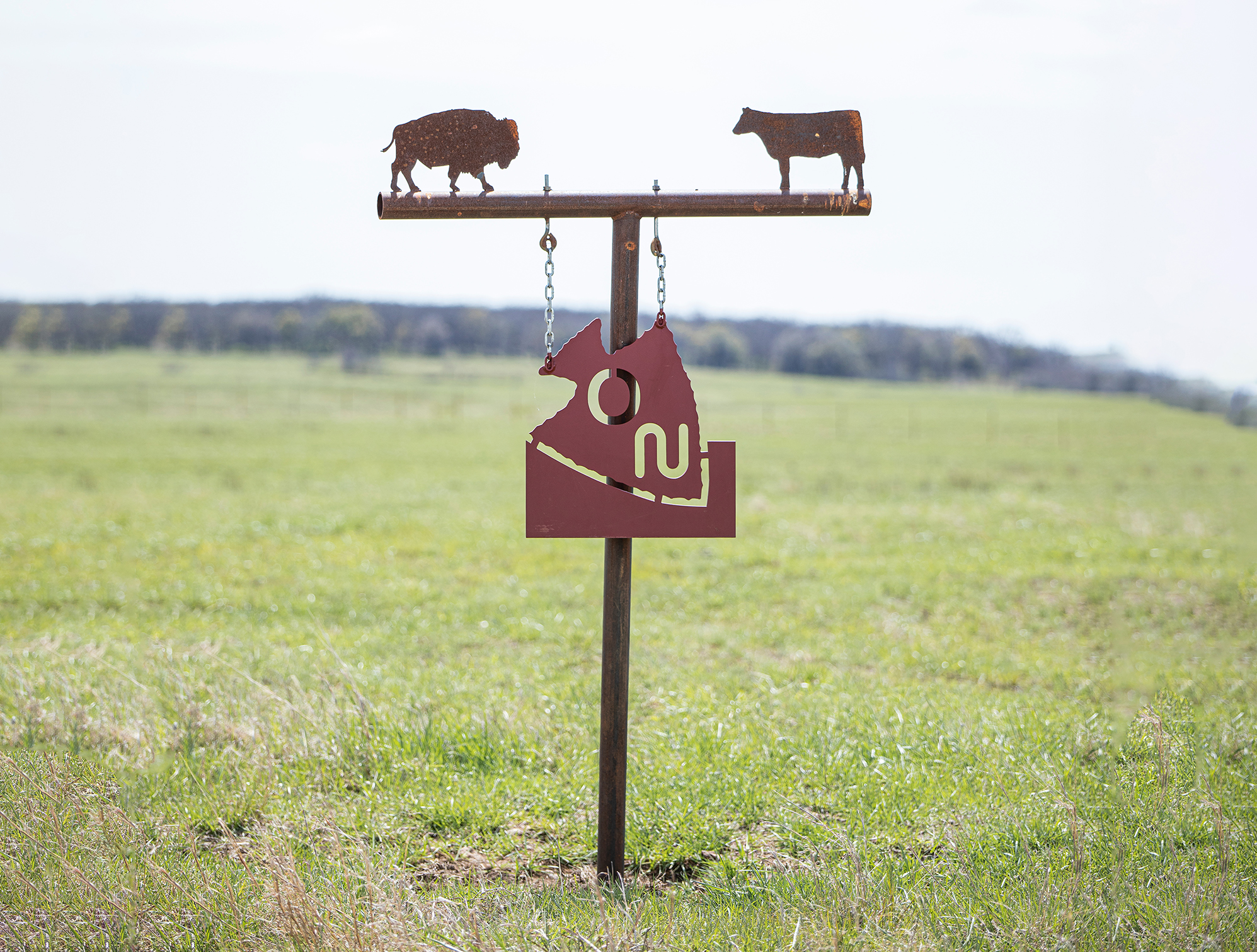This Friday visit the Osage Nation Ranch in Osage County, Oklahoma. The ranch was founded in 2016 by the Osage Nation tribe and spans 47,000 acres. The tribe partnered with USDA’s Natural Resources Conservation Service to restore the ranch, which is now home to 2,500 head of cattle and 80 buffalo.

“Our goal is to have cattle and buffalo on the entire ranch, but you know that just takes time. It really is a process,” ranch foreman Mike Alexander said.
Establishing a Partnership
Once covered in cedar trees and several invasive plant species, the Osage Nation Ranch was far from the marvel it is today. “The ranch was in poor shape,” Mike said. “The previous owners didn’t believe in spraying. I mean, we’ve done a 180 on the land in the last five years just with spraying.”
From the very beginning, NRCS was able to play a role in creating land for grazing. Cody Parker, tribal resource conservationist, and Dean Collyar, soil conservation technician, worked together to evaluate the ranch for resource concerns.

Almost immediately, the two determined the Osage Nation Ranch was going to need to spray to eliminate overgrowth. They helped Mike determine the proper treatment and timing. They also recommended prescribed burns to make the ranch as healthy and resourceful as possible.
Working Together
The Osage Nation Ranch also relies on the positive effects of burning to create healthier pastures that can be utilized in the future. Half the ranch was burned last year, and the other half will be burned next season.
By eliminating species like blackberry and cedar trees, it allows for healthy, hearty grass to grow and cattle weight per day of gain to increase. Mike also said that eliminating those species has made it significantly easier to travel the ranch on horseback.

The ranch currently participates in the Environmental Quality Incentives Program and is planning to install several more ponds in the coming months.
Osage Nation Ranch and its partnership with NRCS helped return the 47,000 acres to its former glory. Mike and his crew of cowboys are doing everything in their power to leave the land better than they found it.
“We depend on NRCS and their employees to keep us going,” Mike said. “We are proud of the impact we have made here and will continue to be successful with their help.”

More Information
Each Friday visit local farms, ranches, forests, and resource areas through our Fridays on the Farm stories. Meet farmers, producers and landowners who are working to improve their operations with USDA programs.
USDA offers a variety of risk management, disaster assistance, loan, and conservation programs to help producers weather ups and downs in the market and recover from natural disasters as well as invest in improvements to their operations. Learn about additional programs.
For more information about USDA programs and services, contact your local USDA service center.
Savannah West is a student at Oklahoma State University. For more information about this story, contact Macee Hammack, public affairs specialist for NRCS in Oklahoma.


